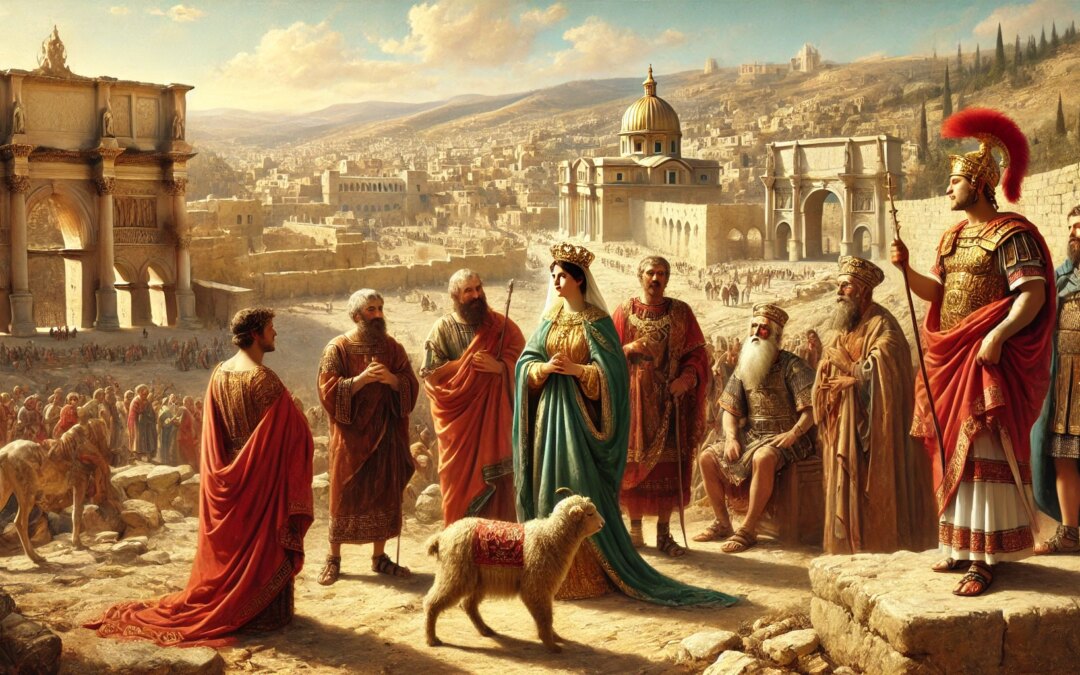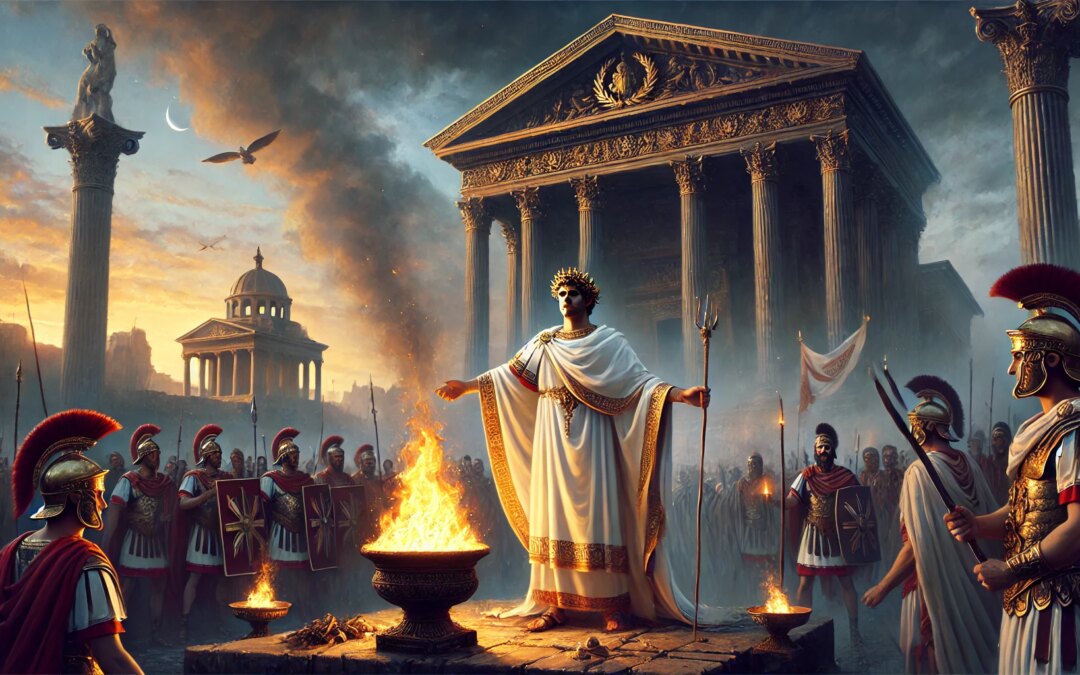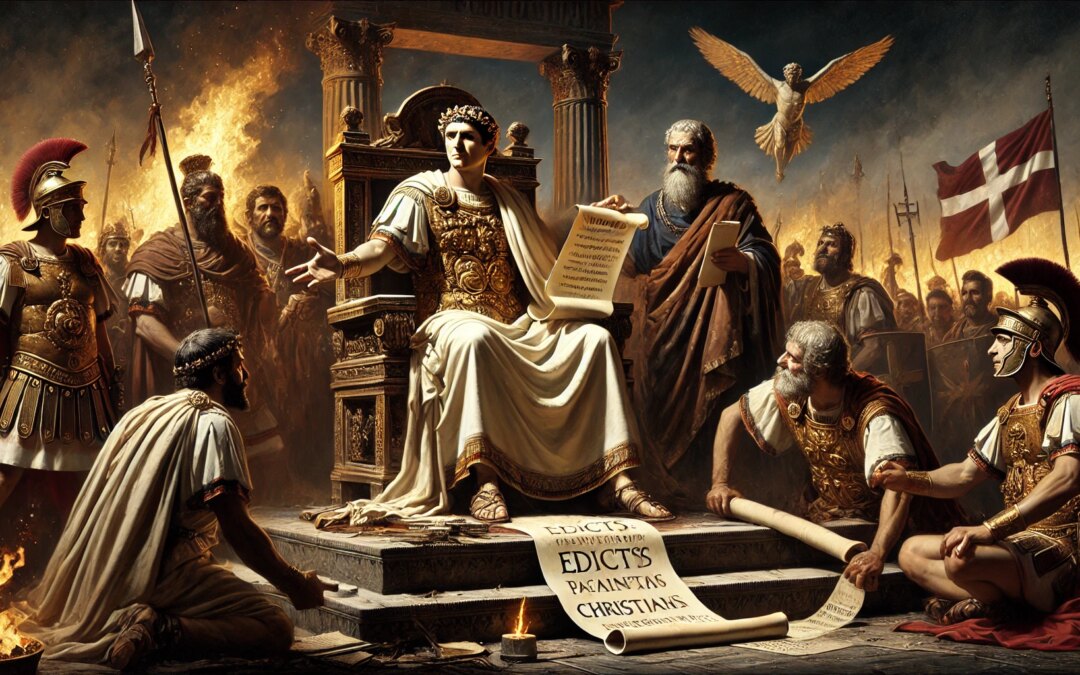In 381 AD, Emperor Theodosius I convened the Council of Constantinople to resolve theological conflicts and define Christian orthodoxy—shaping the creed that would guide the empire for centuries.


In 381 AD, Emperor Theodosius I convened the Council of Constantinople to resolve theological conflicts and define Christian orthodoxy—shaping the creed that would guide the empire for centuries.

In 326 AD, Roman Empress Helena journeyed to Jerusalem to identify and preserve the most sacred sites of Christianity—an imperial pilgrimage that reshaped faith, memory, and sacred geography.

In 361 AD, Emperor Julian sought to restore traditional Roman religion and challenge Christian dominance. Explore his short but bold pagan revival and its lasting impact.

In 303 AD, Emperor Diocletian launched the Great Persecution against Christians with a series of edicts that reshaped the religious landscape of the Roman Empire.

Learn how the Edict of Thessalonica in 380 AD, signed by Theodosius I and his co-emperors, made Nicene Christianity the official religion of the Roman Empire.